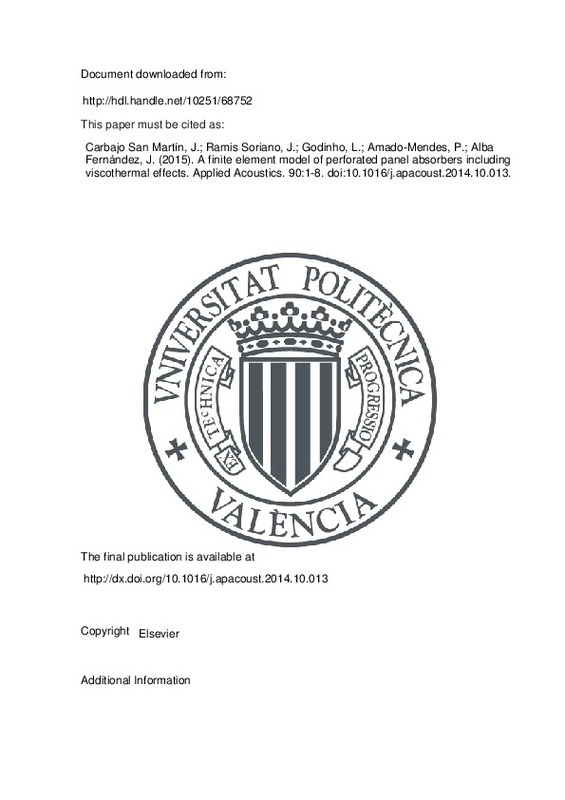JavaScript is disabled for your browser. Some features of this site may not work without it.
Buscar en RiuNet
Listar
Mi cuenta
Estadísticas
Ayuda RiuNet
Admin. UPV
A finite element model of perforated panel absorbers including viscothermal effects
Mostrar el registro completo del ítem
Carbajo San Martín, J.; Ramis Soriano, J.; Godinho, L.; Amado-Mendes, P.; Alba Fernández, J. (2015). A finite element model of perforated panel absorbers including viscothermal effects. Applied Acoustics. 90:1-8. doi:10.1016/j.apacoust.2014.10.013
Por favor, use este identificador para citar o enlazar este ítem: http://hdl.handle.net/10251/68752







![[Cerrado]](/themes/UPV/images/candado.png)


